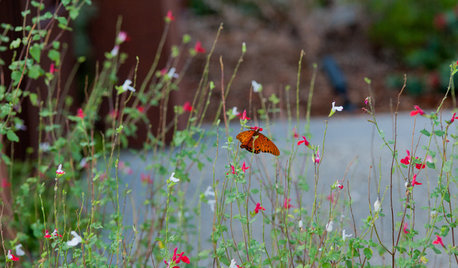Questions about Foxglove / Digitalis purpurea �Camelot Lavender�
brit5467
9 years ago
Featured Answer
Comments (9)
gyr_falcon
9 years agobrit5467
9 years agoRelated Professionals
Cottonwood Landscape Architects & Landscape Designers · Graham Landscape Architects & Landscape Designers · Middletown Landscape Contractors · Surprise Landscape Contractors · Waterbury Landscape Contractors · Peabody Landscape Contractors · Brookside Landscape Contractors · Braintree Landscape Contractors · Cambridge Landscape Contractors · Hawaii Landscape Contractors · Newnan Landscape Contractors · Rancho Santa Margarita Landscape Contractors · Rio Linda Landscape Contractors · Maple Heights Landscape Contractors · Clearfield Landscape ContractorsCampanula UK Z8
9 years agobrit5467
9 years agoCampanula UK Z8
9 years agobrit5467
9 years agoCampanula UK Z8
9 years agobrit5467
9 years ago
Related Stories

EARTH DAYCreate a Container Wildlife Habitat for Hummingbirds and Butterflies
Don’t let limited space prevent you from welcoming wildlife into your garden
Full StoryMore Discussions








gyr_falcon